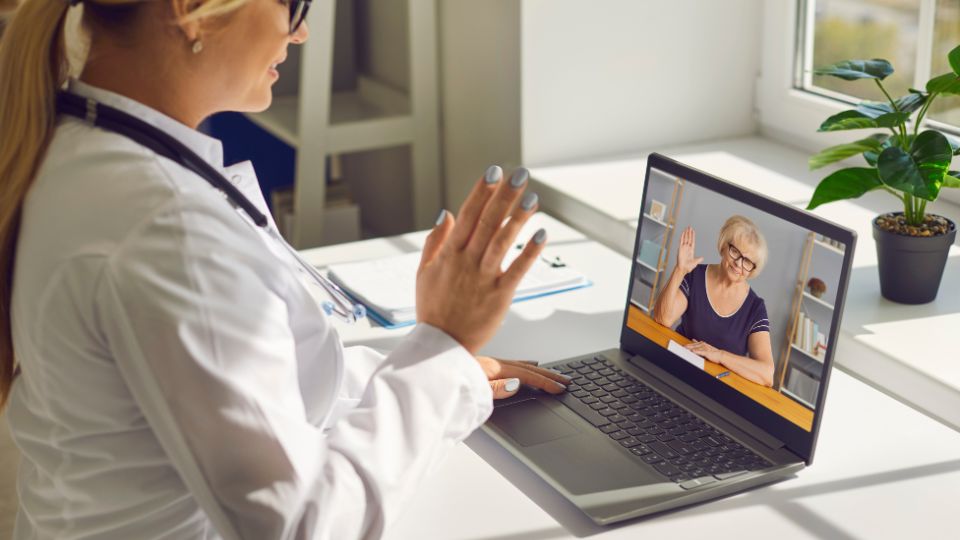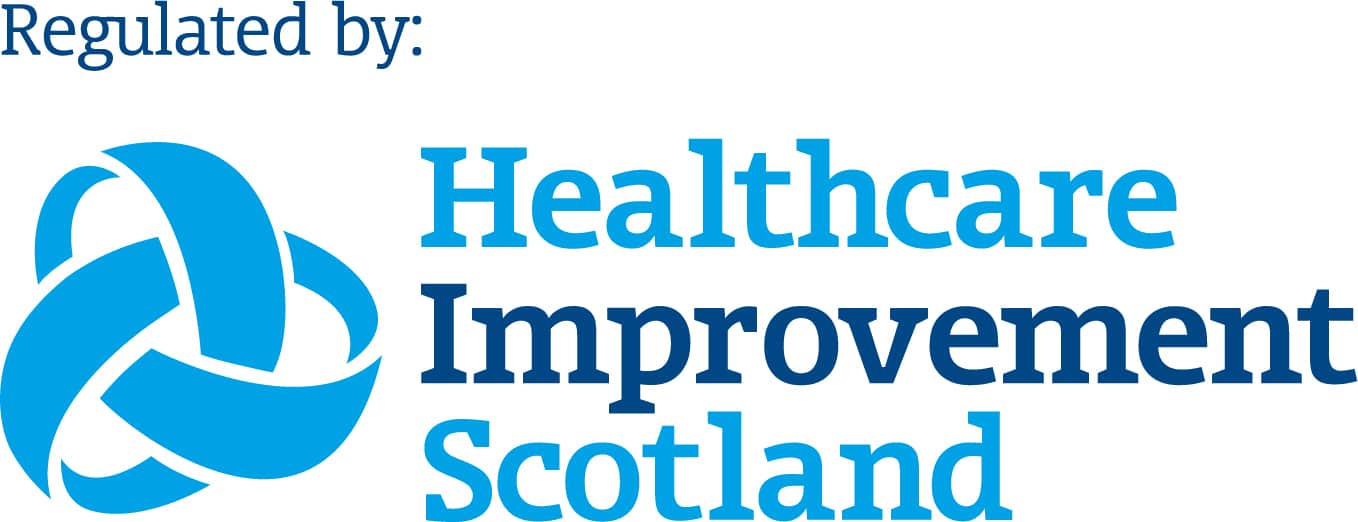We Have Come A Long Way…
The use of HRT has had various highs and lows over the 25 years since Dr Johnston started practicing in the menopause field.
Within the last few years, people have felt freer and more able to speaking publicly about menopause. In particular, the celebrities Lorraine Kelly, Andrea MacLean from Loose Women and Carol Vorderman have openly admitted to their struggles with menopausal symptoms. This has enabled the menopause to be firmly put at the top of the agenda, rather than just a whisper in the background.
Most people are aware of the basic menopausal symptoms of:
- hot flushes
- night sweats
- lack of energy
- vaginal dryness
- lack of libido
But often the hardest symptoms to unpick and attribute to the menopause are the emotional/ psychological symptoms, such as anxiety, low mood, loss of confidence, brain fog, irritability, insomnia.
The British Menopause Society have made a big effort to try and encourage discussion about menopause in the workplace and introduce a more open and accepting approach to it, as is already established for pregnancy.
The Natural Approach to the Menopause
Non-medication treatment options for the menopause can be read about here in a previous blog article by the CEO Dr Cristina Romete.
Finding The Right HRT For You…and Managing to get it!
The aim of menopausal treatment is achieving the best quality of life on the lowest treatment dose possible. It is important to weigh up the risk versus the benefits of HRT with the patient and to enable an informed decision.
It is thought that most menopausal symptoms are due to reduced oestrogen levels and therefore this is the main component of hormone replacement therapy (HRT).
The oestrogens used in HRT are usually made from soya beans or yam extracts and resemble substances produced in the body including oestradiol, oestrone and oestriol. Some older HRT contain a mixtures of different types of oestrogens (conjugated equine oestrogens) and are made from pregnant horse’s urine. Oestrogen can be taken by a daily tablet, twice weekly or weekly patch, daily gel or implant.
If HRT is needed when the individual still has her womb present, oestrogen has to be taken with a progestogen to prevent stimulation and thickening of the womb lining which increases the risk of cancer.
A million individuals rely on HRT in the UK, and last year some are currently unable to obtain their prescriptions due to ongoing manufacturing and supply issues, leaving individuals to needlessly suffer. Although these shortages are supposed to be temporary, it is not known when the stocks will be replenished. Doctors are able to prescribe alternative interim medications but these might not always help to fully relieve a patient’s symptoms causing unnecessary distress.
BODY identical HRT
Every individual is unique and therefore tailoring the HRT regimen to the individual is vital and sometimes it takes time to reach the best treatment option.
Body identical oestrogen has the same molecular structure as the oestrogens produced by your body, which is safer as a patch or a gel absorbed directly through the skin. Conjugated equine oestrogen is not body identical as it contains many types of oestrogens above and beyond what your body needs.
Body identical progestogen has the same molecular structure as the progesterone in our bodies and is called ‘micronised’ progesterone / Utrogestan.
At ROC we prescribe regulated ‘Body Identical HRT’ regimens which are safe and have been rigorously tested, and are recommended by the MHRA, the governing body of all prescribable medications in the UK.
What about Bioidentical HRT?
This is not the same as Body Identical HRT. The recent trend for Bioidentical hormones has come from the USA, where the hormones are not regulated and are not subject to any quality control. Bioidentical hormones are compounded meaning they are custom made in order to prescribe combinations that are not routinely available, with dosing inconsistencies, and some even contain hormones that are not approved for use such as DHEA and prednisolone.
Testosterone Replacement
Testosterone replacement is becoming increasingly popular to help with libido, energy and ‘zest for life’. Testosterone is off-label meaning the testosterone manufacturer has not applied for a license for it to be used in menopausal individuals, but it is still safe to using as it will have a licence to treat a different condition and therefore undergone clinical trials for alternative conditions.
HRT take home points
Do not suffer in silence! Treatment is available and often has life changing results.
Here at ROC we aim to tailor a “designer HRT” regimen for each individual as part of a personalised care plan.
The roller coaster of the perimenopause, then the transition of the menopause itself, and ultimately the post menopausal period is difficult to manage and requires clinical skill and support. As the symptoms evolve over time, what suits now might not suit you in future and therefore it is important to your HRT requirements are regularly reviewed.
If you have any questions about this article, or you wish to see a clinician for advice, please get in touch. At ROC we have a team of private GPs, Menopause Specialists, Dieticians and Acupuncturists that can help with your menopausal symptoms.


